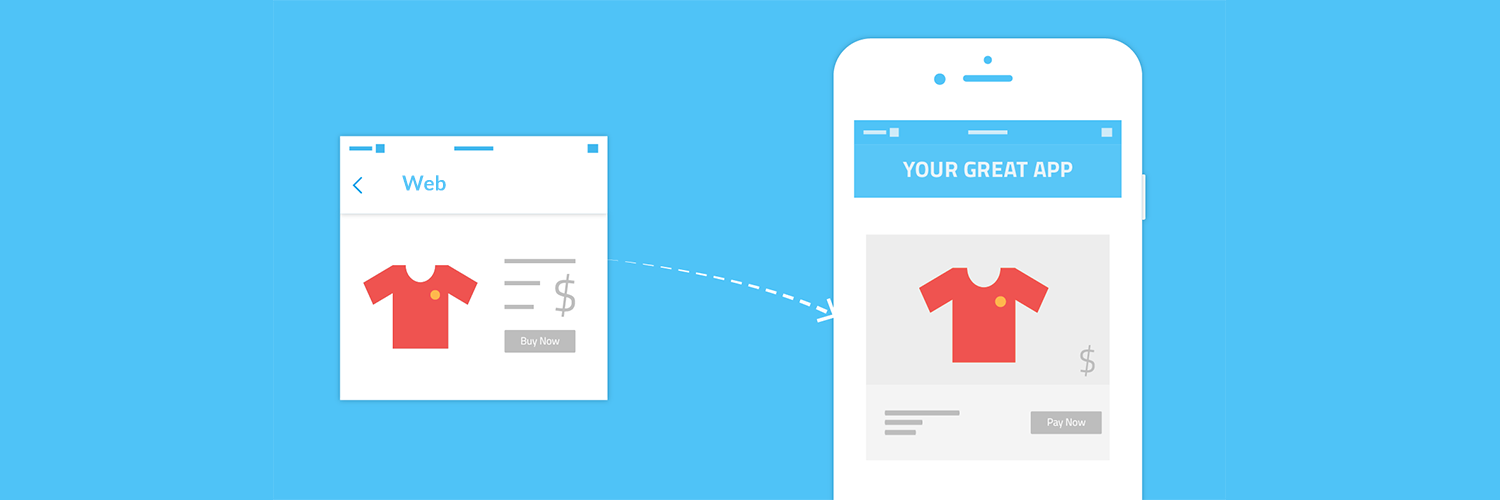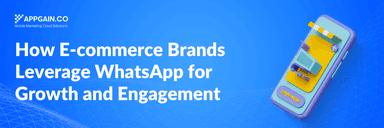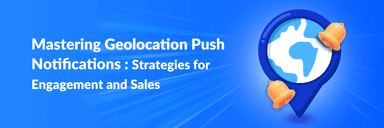Over the past two years (2018 to 2020), desktop internet usage dropped from 54.86% to 46.5%, while mobile internet usage increased from 37.38% to 50.5%. That’s a significant growth rate.
But here is the interesting part. Although general online consumption is mostly from mobile and it is still growing, we find that 55.9% of the time spent on websites is from desktop! This is because apps are the native language of mobile and websites are more convenient on desktop as they require large screen space.
Mobile Apps are your most effective conversion channel.
Another proof that customers prefer apps over websites is Apps drive 66% of all the mobile transactions and drive 3x more sales than mobile web.
Let’s build a scenario, you are an e-commerce business, you know that your customers are most likely to search your products through their phone and that they are 2-3x more likely to purchase if they ordered through a native app, what should you do?
Exactly, convert every website visits into an app install, the user will have a better overall experience & a seamless checkout and you will have a higher conversion rate. Win-win!
If an imaginative Scenario isn’t convincing for you, you can check an actual case study here, using appgain products & this strategy, ikhair was able to increase user acquisition by 42% and revenues by 28%
So Why should you use a web-to-app strategy instead of driving app installs directly?
It’s simple economics, Supply & Demand, right now the costs of direct app install ads whether on stores or social media are continuously increasing due to increased demand, so now Web Ads can cost 82% less than direct app install ads. So this strategy will drastically decrease your user acquisition cost
How can you convert website visits or web ads into direct installs?
Now you think the web-to-app strategy will help you grow your app downloads & sales base at a lower cost, how exactly can you implement it?
There are several best practices to do so, we will go through 3, but the main keywords that you will need in all of them are Deep Links and Mobile Attribution.
What is a deep link?
It is a smart hyperlink that automatically leads the user to a specific page in your application, even if the user doesn’t have the app installed, the link will route him to the google or apple app store (depending on the device & OS), then after installation, the user will open the specific location. Also, you can use web push notifications to convert your users to your app. To see how Appgain solution for web push works, check here. Now let’s go to the techniques.
First: Leverage Mobile Search terms
People spend on average 5 hours on their phone, they search everything, they search you before they buy from your brand, they search for the (cheapest or best or easiest) solution to their problems. Leverage that, identify the keywords mobile users type in google to visit your website, and what are the most visited pages they visit? Optimize these web pages SEO using the keywords you identified and add smart deep links in those pages that will directly route the visitor to a specific location in the app.
Second: Exclusive Promos & Offers
Add promos, offers, discounts, free trials, or App Sneak Peaks on your website and make accessing them exclusive to only those who have the app installed and as the first case, if they don’t have the app, the deep link will route them to the app store, then they can access the promo, free trial, etc.
Third: Loyalty Programs
A loyalty program rewards loyal users/customers for doing or repeating certain actions over a period of time. One common method is the points system, that rewards users after achieving
For example, you can give your users 20 points if they downloaded & opened the app, 30 points if they made a purchase, 50 points if their purchase reached a certain amount & 100 points if they referred your app to 10 friends and after reaching 300 points, they can get free gifts or large discount offers.
You can optimize your web-to-app conversion by building and launching exclusive loyalty programs for those who have the app installed and announce them on the most visited pages on your website.
Fourth: Display Ads
When designing & launching Display Ads campaigns, instead of adding a standard URL that directs to your website, add a smart deep link that will route mobile ad viewers to your app.
Or you can do some A/B testing yourself and try both methods (Standard URL & smart deep links), the click-through rate would be the same as the users won’t distinguish but we bet the conversion rate & revenue generated would differ by a wide margin.
You can also make another A/B testing between deep links powered Display Ads and direct app installs Ads and checks the Customer acquisition cost in each case, we also bet that the web ads will be much lower than the direct install ads.
There are many other use cases for the deep linking technology that will help you to boost user acquisition and user engagement at a lower cost, you can find 10 of them here.
How can you measure the efficiency & ROI of this strategy?
So you have launched 2 or 3 campaigns to execute your web-to-app conversion strategy and you want to measure the efficiency of each campaign and its ROI, how will you do that?
Time for a new keyword: “Mobile Attribution”.
What is Mobile Attribution?
Mobile Attribution is the night-vision goggles for mobile developers and marketers that allow them to track every click, install & purchase process.
Through mobile attribution, you can track the app installs and know what channel each user came from and track the revenues, and know where each dollar came from.
So you use any mobile attribution product to track the deep links in your campaign and know how many installs came from the display ads campaign and the loyalty program campaign and know how much revenue was generated from each channel through those installs then you can compare them and see which is the best channel to acquire more customers at a lower cost.
Our Mobile Attribution Product will help you track key metrics through all the user journey, so you can identify
- Who clicked on the deep links.
- Where the app installs came from
- What are the user behaviors inside the app?
This will help you to know not only which campaign drove the most installs, but also which ones drove the highest conversion/purchases.
To summarize, your prospective customers are on their phone on average for 5 hours daily. You want them to be on your app instead of your website because it’s more convenient and they are more likely to make a purchase through the app.
Knowing that web ads are less expensive than direct app installs ads. You will use the deep linking technology to auto-direct your website visitors to your app even if they don’t have it installed. You can measure the ROI & efficiency of this strategy using Mobile Attribution technology that will tell you how many clicks, downloads, installs & purchases were made through each channel.
But How Could We Help?
Finally, we offer you a 14-day Free trial, all-inclusive access to our platform to help you take the first steps along the way. Got any questions? Do not hesitate to reach out and Request a Demo.
Our customized free demo will help you to:
- Build smart deep links that auto-direct to your app
- Track installs & campaign revenue through Mobile Attribution
- Re-target users who didn’t convert from your campaigns









